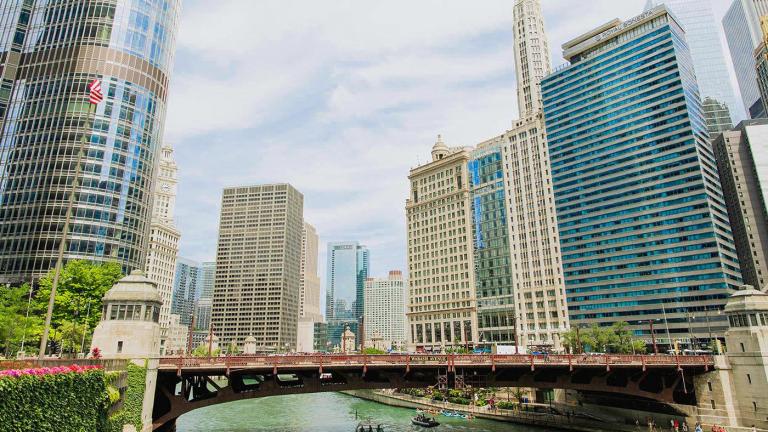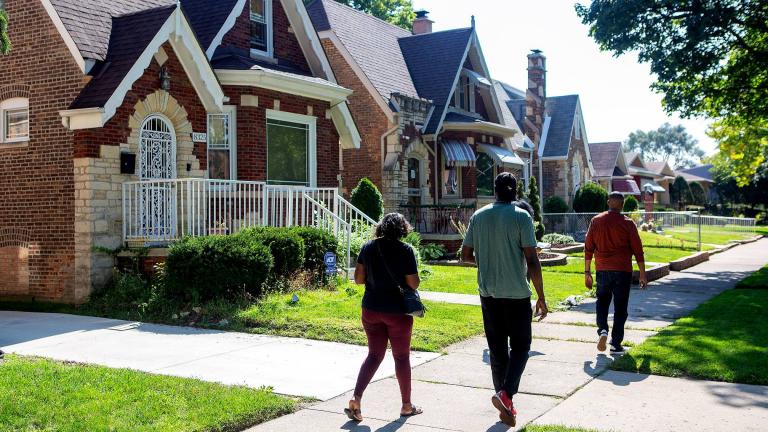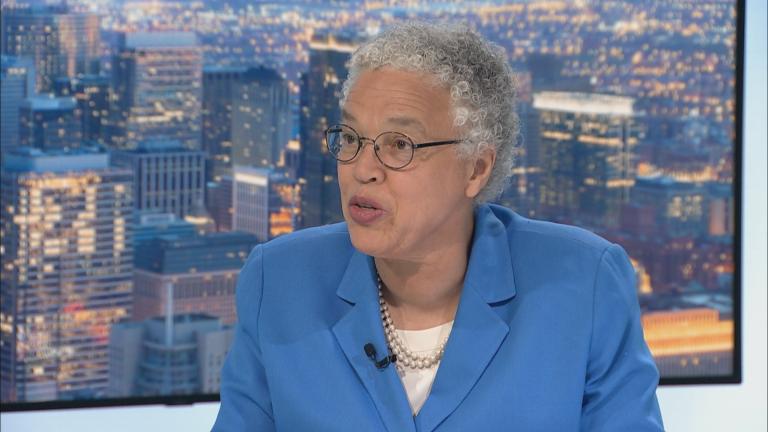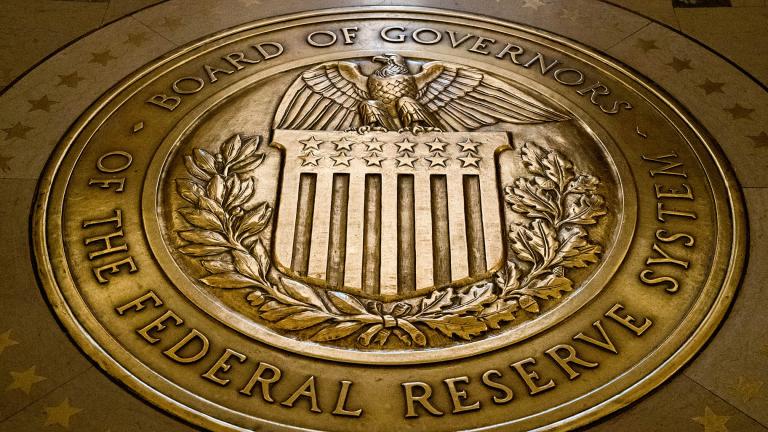Late Monday night, Congress passed a $900 billion package aimed at providing financial relief to the people and businesses hit hardest by the COVID-19 pandemic and give a shot in the arm to the U.S. economy.
The new deal includes direct payments of $600 to adults earning up to $75,000 a year, half the amount in the $2.2 trillion CARES Act, and extends federal unemployment assistance until mid-March, but cuts the amount from $600 to $300 per week. It also provides an additional $284 billion in aid targeted to help small businesses.
“None of us think any of this legislation is perfect, but a big bipartisan majority of us recognize the incredible amount of good it will do when we send it to the president’s desk,” said Senate Majority Leader Mitch McConnell (R-Kentucky) in expressing his support for the aid package on the Senate floor.
But not everyone was happy with the plan. While some Democrats criticized the bill for not doing enough, in a speech that has since gone viral, Sen. Rand Paul (R-Kentucky) denounced Republicans who supported the bill.
“To so-called conservatives who are quick to identify the socialism of Democrats, if you vote for this spending monstrosity you are no better,” Paul said. “When you vote to pass out free money you lose your soul and you abandon forever any semblance of moral or fiscal integrity. The next time you see Republicans in high moral dudgeon claiming and complaining about spending of Democrats and socialism, remind them, remind them, if they supported this monstrous bill then really the difference between the parties is less Adam Smith vs. Marx and more Marx vs. Engels.”
According to Benjamin Jones, an economics professor at Northwestern University’s Kellogg School of Management and a senior economist for the White House Council of Economic Advisers during the Obama administration, whether the aid package proves to be enough will depend on how rapidly coronavirus vaccinations are rolled out.
“Fundamentally, the economic solution is the vaccine. This whole, nearly trillion-dollar stimulus program is a Band-Aid on the symptoms. Really, the most important thing — and this bill includes funding for it — is that the federal government accelerate as fast as possible the production and distribution of the vaccine,” Jones said. “I think it is going to provide a lot of help. Whether it is enough really depends on how long the economic crisis continues. If we are in a situation where people are vaccinated substantially in the spring, and this (relief package) I would say sees us through to March, it may well be well timed in the sense that it’s ending as the economy is really getting more of an organic boost as people get vaccines.”
But Rachel Greszler, a research fellow in economics, budget and entitlements at the Heritage Foundation, a conservative think tank based in Washington, D.C., is concerned that the new aid package is not targeted enough, and provides taxpayer assistance to many people who don’t really need it.
“I think it’s more than needs to be spent in order to provide the targeted health impacts we want to see in terms of vaccine procurement and distribution … and I think the economic part of it really needs to be more targeted in terms of the stimulus checks going to 93% of Americans who still have jobs,” Greszler said. “A smaller package could have done just as much good and also not added this additional burden to future taxpayers and younger generations.”
Greszler said “the targeted support needs to be on the unemployment side” and that sending checks to Americans who still have jobs does not make sense. She noted that Americans saved $1.3 trillion more this year than they did in 2019 and they also paid off credit card debt at a record rate.
“These are all great things, but it is not a reason to increase the (federal government’s) debt further,” Greszler said.
In terms of help for small businesses, Jones said there are a few changes to the Payroll Protection Program (PPP) which expired in the summer. The maximum amount a business can borrow is now $2 million, down from $10 million in the spring, and some funds are tied to local community banks that do more lending to minority and rural borrowers. But despite criticism that many small businesses with genuine need missed out on the first round of PPP loans, Jones said he still expects banks that are the conduits to distribute the aid to favor longtime, well-connected clients.
“At the end of the day you are pushing all this money through banks. Banks have preexisting relationships, and not surprisingly the banks are going to take the calls most readily from their more established customers,” Jones said. “So I think there is a certain inevitability in doing it this way that you are going to privilege the well connected.”
Given the coronavirus relief package is wrapped into a 5,600-page bill — reportedly the longest bill in congressional history — that also funds the government, and which no member of Congress has had time to read, Greszler expects some nasty surprises ahead.
“I think that definitely over the coming weeks and months we are going to be finding out things that crept into the package that really shouldn’t have,” Greszler said. “This really should have been done with a more deliberate process and lawmakers deserve the chance to know what’s in a package before they vote on it.”







